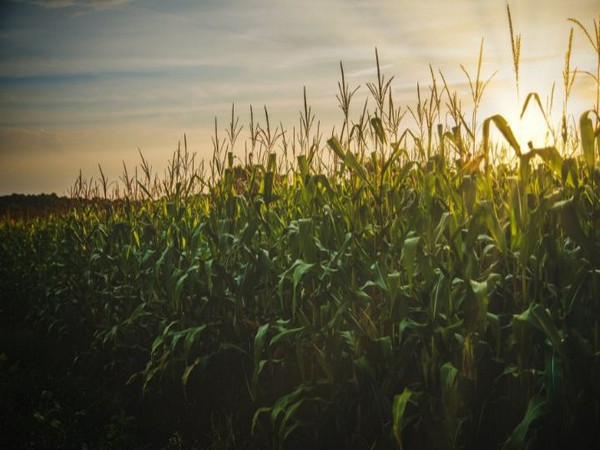Lower tax, higher tech help corn displace soy as Argentina's top crop
Argentine farmers are expected to sow more corn than ever this season while soybean planting falls to a 15-year low as the country's export tax policy and lack of a regulatory framework for genetically modified beans spurs the shift. Argentina surpassed drought-hit Brazil this season to become the world's second biggest corn exporter.

- Country:
- Argentina
Argentine farmers are expected to sow more corn than ever this season while soybean planting falls to a 15-year low as the country's export tax policy and lack of a regulatory framework for genetically modified beans spur the shift.
Argentina surpassed drought-hit Brazil this season to become the world's second-biggest corn exporter. With the help of the huge soy crushing plants that dot the banks of Argentina's Parana River, the country is the top supplier of soymeal livestock feed used to fatten hogs and poultry from Europe to Southeast Asia.
But production of soy, once the unrivaled king of the Pampas farm belt, is lagging in part because of slow progress in enacting a law that seed companies want to ensure farmers pay royalties on soybean genetic technology. Lack of a "seed law" has hurt access to modified soy that can withstand the increasing risk of drought. Argentine farmers are expected by the Rosario grains exchange to sow an all-time high of 7.84 million hectares of corn this year while soy falls to 16.40 million hectares, the lowest since 2006, marking the oilseed's 6th straight year of decline.
The 2021/22 corn harvest is expected by the exchange at 55 million tonnes with the soy crop seen at 49 million tonnes. "Corn has benefited from new technology over the last 10 years that allows us to plant later in the season. We used to be able to plant corn only in September, and then hope for rain around Christmas," said Santiago del Solar, a grower in the bread-basket province of Buenos Aires.
"If it didn't rain in time, it was a big problem. Yields fell. Now we can plant half of our corn in September and the other half in November. This diversifies our risk," he said. The Buenos Aires Grains Exchange forecasts 2021/22 corn planting at a record 7.1 million hectares.
"Late planting allows corn yields to remain steadier in dry years while soy yields drop sharply," Esteban Copati, chief analyst at the Buenos Aires exchange, said. More corn from Argentina could help to supply the global market at a time of low supply and high prices. The U.S. government cut its outlook for corn production in the world's top producer by 2.7% last week.
TAXES WEIGH ON SOY Argentina imposes a 33% export tax on soybeans, which slips to 31% on soymeal and soyoil and then plummets to 12% for corn.
A social manufacturing executive based in Buenos Aires, who asked not to be named, said the tax pressure on soy exports was too high and soy genetics were not improving in the country because of the "lack of a reasonable seed law". For years, seed companies have been asking for a change in Argentine law to enforce genetic patent rights by making growers pay royalties. But farmers have objected to many of the proposals made by seed companies and Congress has yet to vote on a bill.
Argentina's 2020/21 soy harvest ended in June at 43.5 million tonnes, the Buenos Aires Grains Exchange said. The 2020/21 corn harvest is almost in and expected by the Buenos Aires exchange to reach 48 million tonnes. The next Argentine corn crop starts going into the ground in September, with soy following in October.
(This story has not been edited by Devdiscourse staff and is auto-generated from a syndicated feed.)
- READ MORE ON:
- Parana River
- Argentine
- Congress
- Argentina
- U.S.
- Southeast Asia
- Buenos Aires
- Brazil
- Europe
ALSO READ
Lilia Vu Clinches Solheim Cup for U.S. in Thrilling Victory
U.S. Pastor David Lin Freed from Chinese Prison after Nearly 20 Years
U.S. Domestic News Highlights: Biden's Strategy with Zelenskiy, Swift's Harris Endorsement, Trump's Public Shares and Deportation Pledges, Timberlake Plea, and More
India Launches Operation Sadbhav to Aid Typhoon-Hit Southeast Asia
UPDATE 4-Jordan's King Abdullah appoints U.S.-educated technocrat as PM, royal court says










